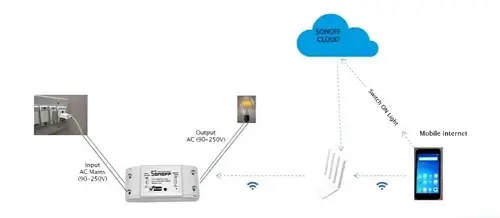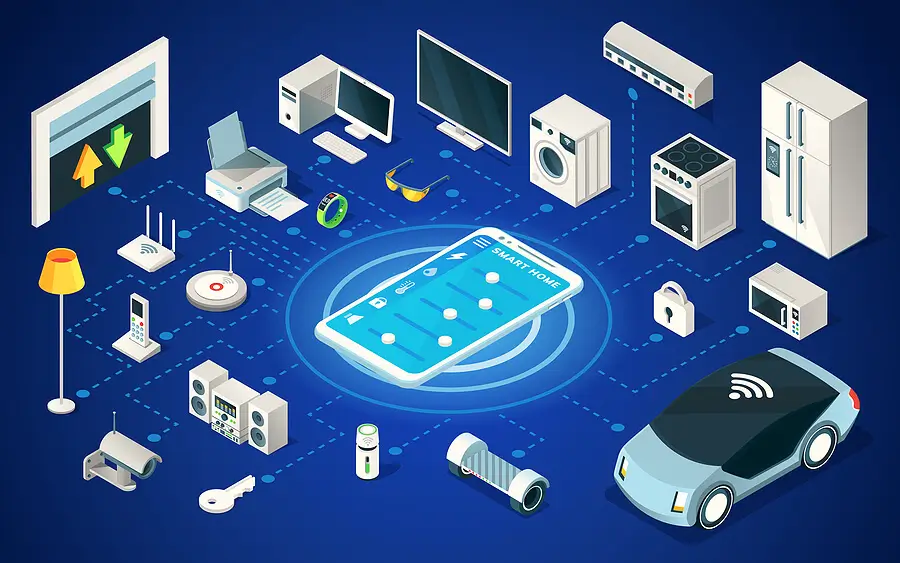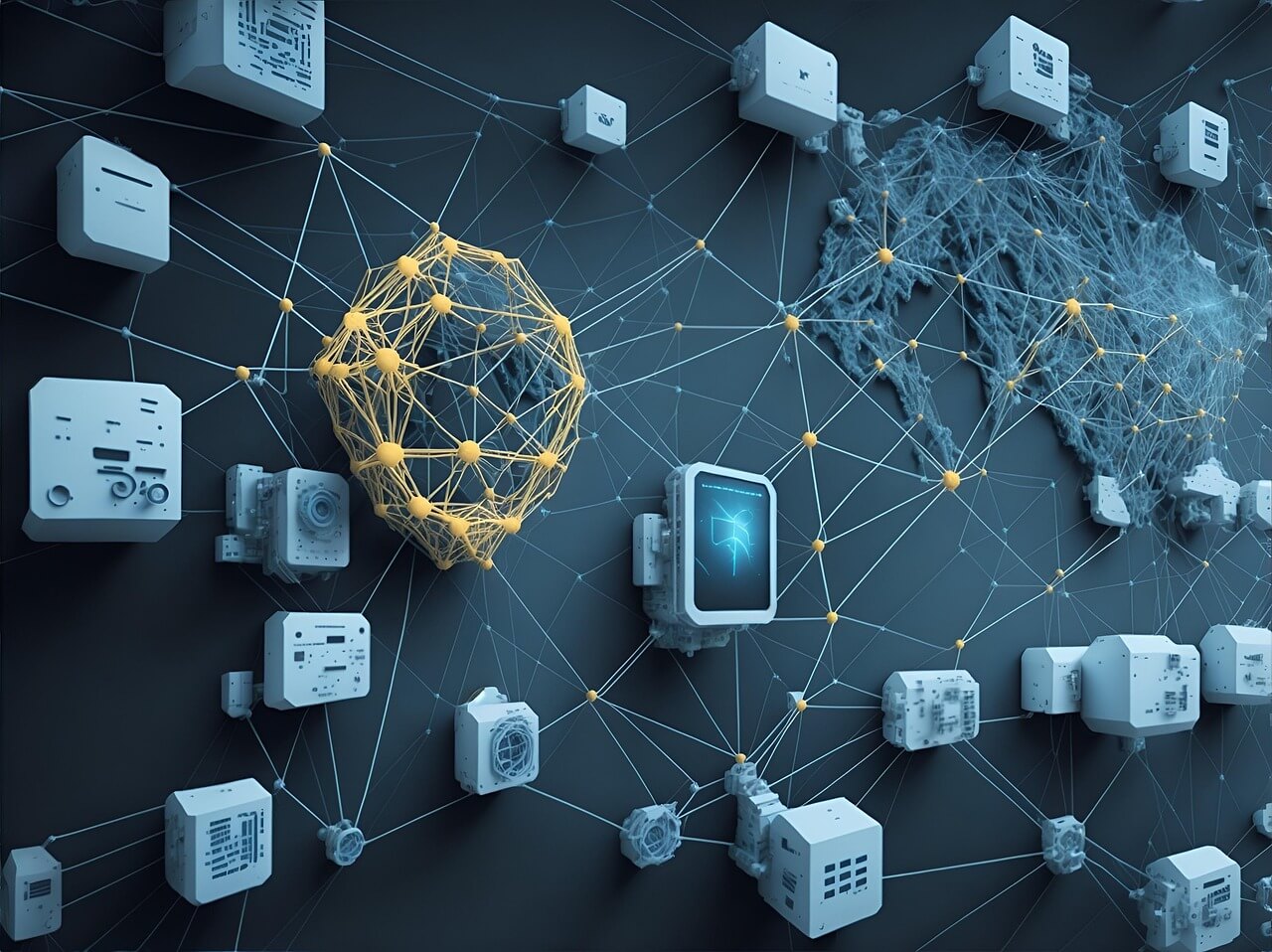When we hear the phrase “smart city,” it often sounds like marketing. We imagine futuristic skylines and robots on every corner. But in reality, the real change is much simpler. Cities are quietly using IoT to save water and energy, the two resources that keep daily life running.
Finding Leaks Before They Waste Millions
One of the biggest problems cities face is losing water before it even reaches homes. Old pipes leak, and often no one notices until the damage is big. With sensors inside the water system, cities can now spot leaks almost instantly. Instead of waiting for complaints, workers get alerts and can fix the issue right away. It saves money, but more importantly, it saves a huge amount of water.
On the household side, smart water meters are starting to show up in apartments and homes. They track how much water we actually use. For many people, seeing the numbers is enough to make them cut back. A shorter shower here, fixing a dripping tap there — it all adds up when thousands of households do the same.
Cutting Energy Waste
Electricity is another area where small changes make a big difference. Streetlights are a simple example. In most places, they run on fixed timers. That means lights stay on when there’s no one around. With IoT, they can dim or switch off when streets are empty, and brighten again when traffic picks up.
The same logic works in offices and homes. Smart thermostats reduce cooling in empty rooms. Sensors can switch off machines that aren’t in use. These are small tweaks, but across an entire city, the savings are huge. Less wasted power means cleaner air and lower bills for everyone.
Why It Matters
This isn’t about flashy tech. It’s about solving problems that affect real people. Shortages, blackouts, high bills — IoT gives cities a way to handle them better. And it doesn’t just help governments or utility companies. It helps us. Families save money, neighborhoods see fewer outages, and everyone benefits from cleaner air and water.
A Quiet Shift
Cities don’t change overnight. But piece by piece, IoT is making them work smarter. Sensors in pipes. Smarter streetlights. Energy-saving offices. It may not feel like science fiction, but it’s these quiet shifts that will decide how sustainable our cities are in the future.
The next time you see a streetlight dim on its own or get an alert about your water use, that’s IoT at work. Not flashy, not loud, but making life just a little easier and a lot more sustainable.




